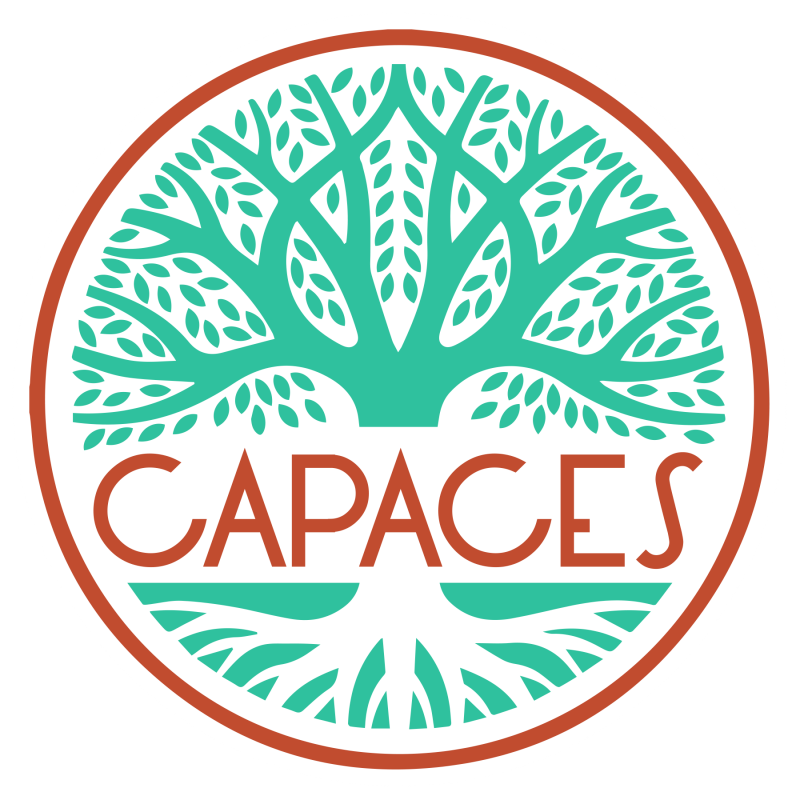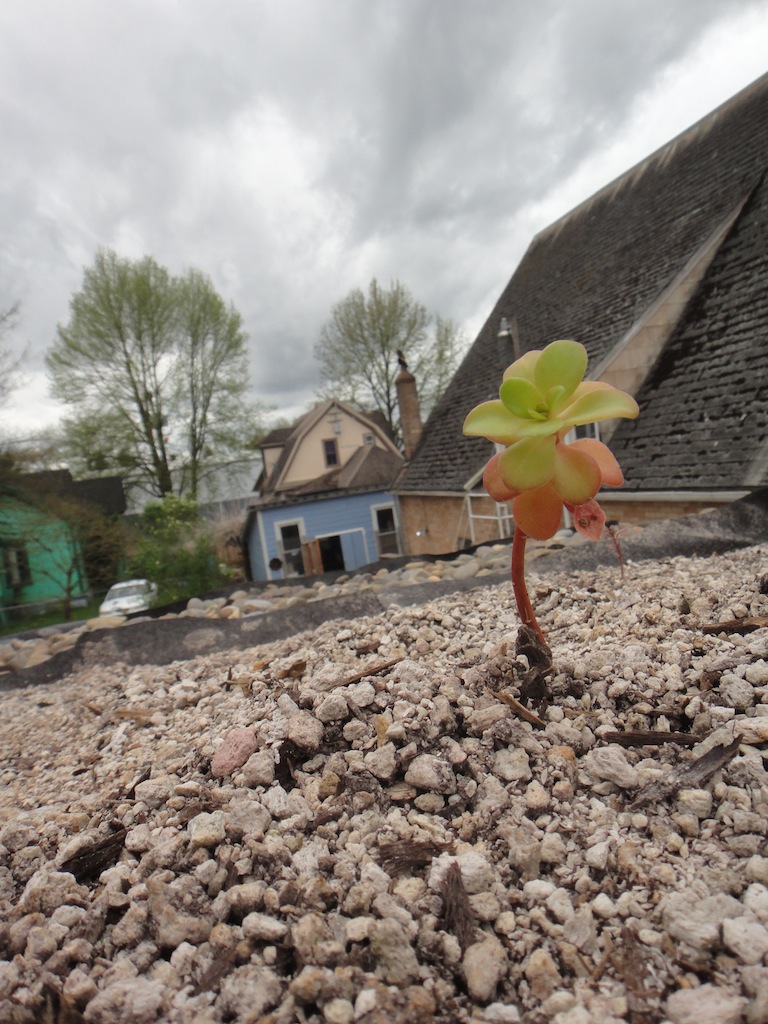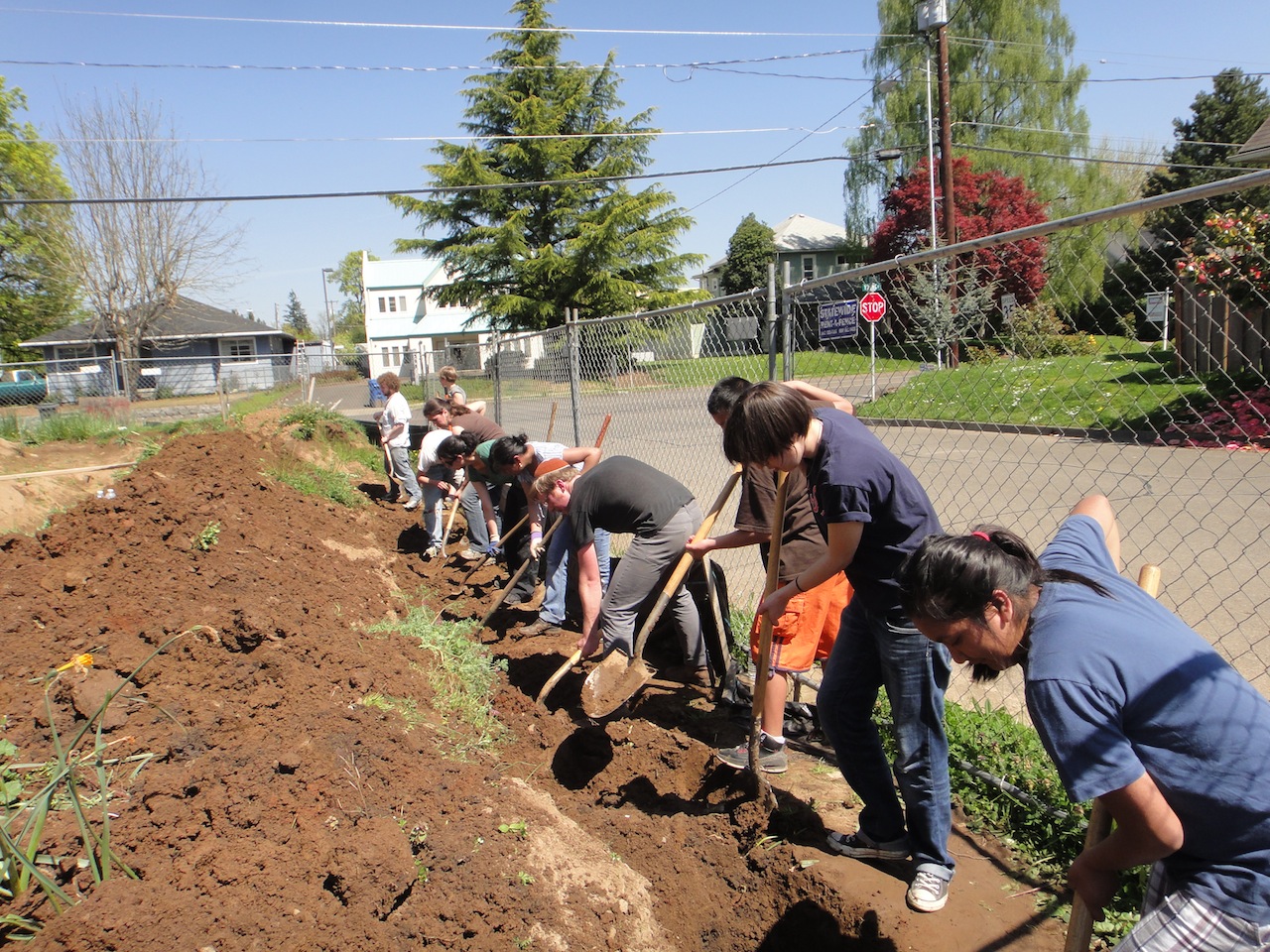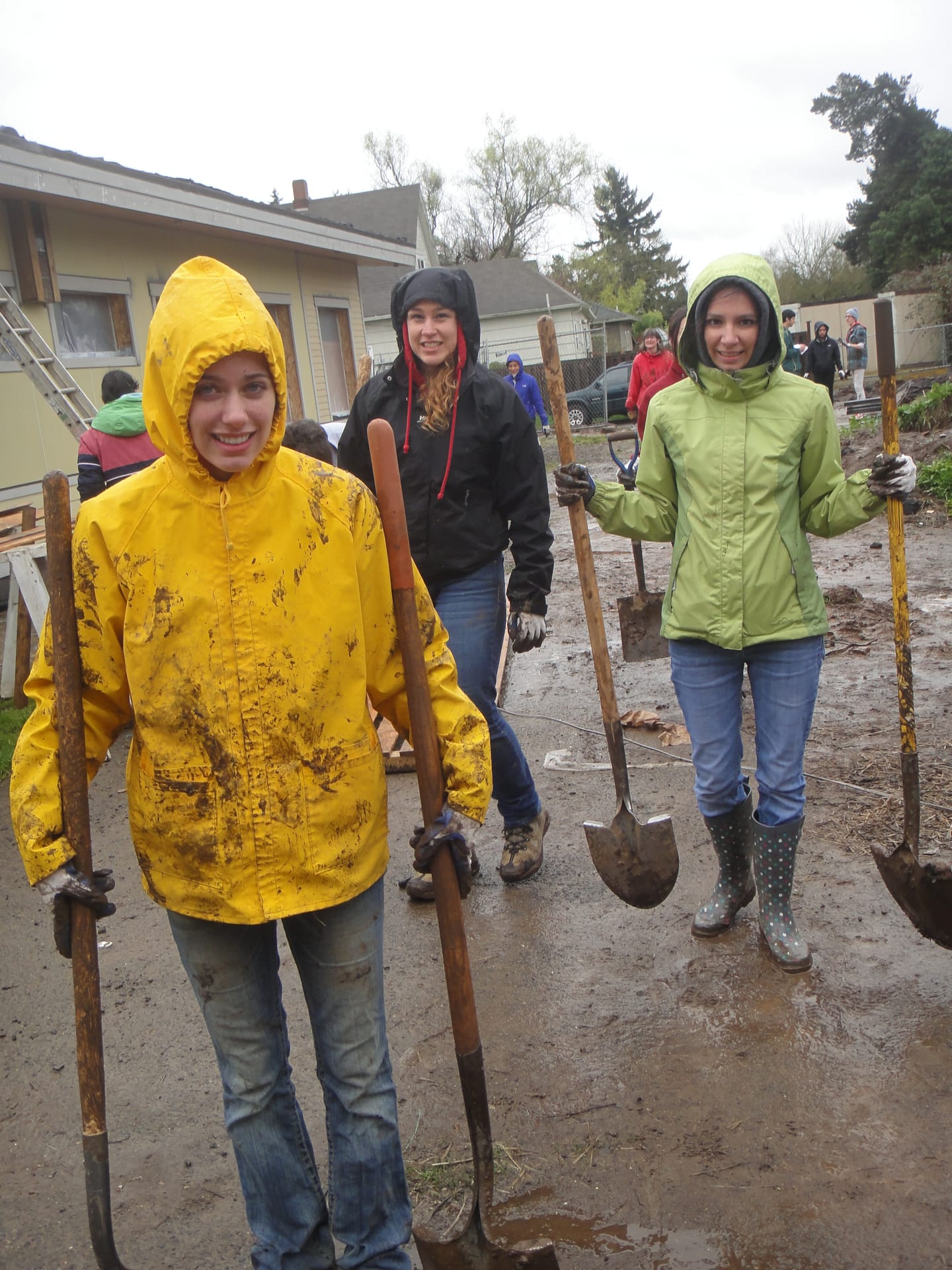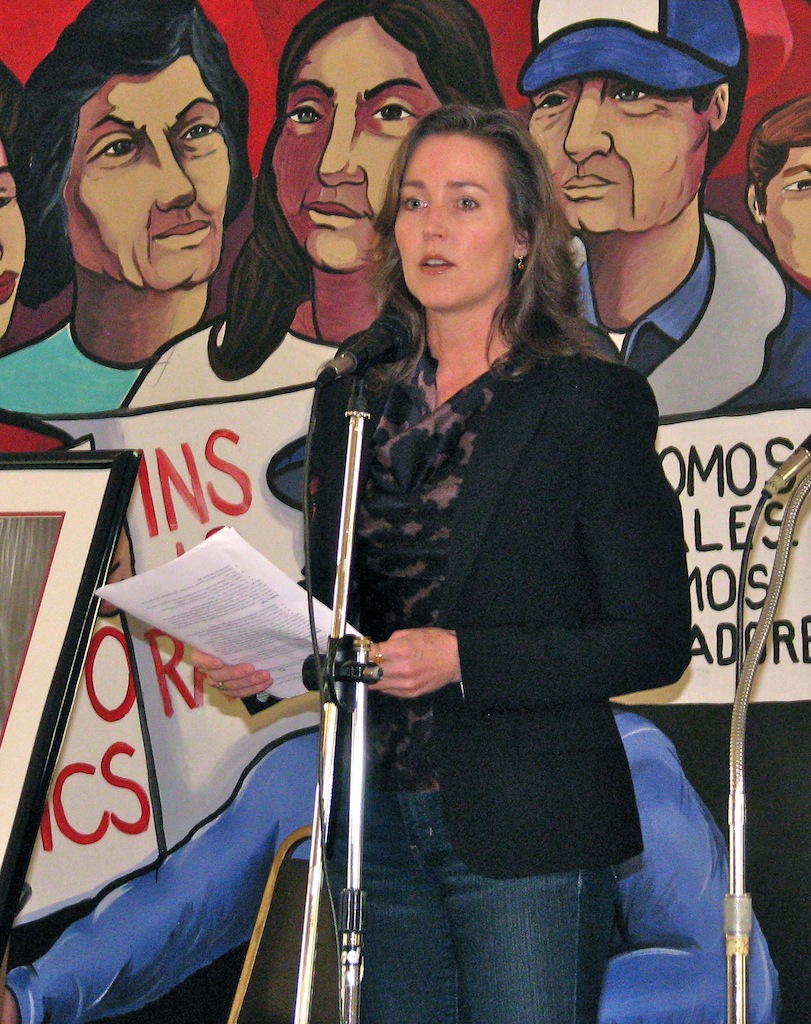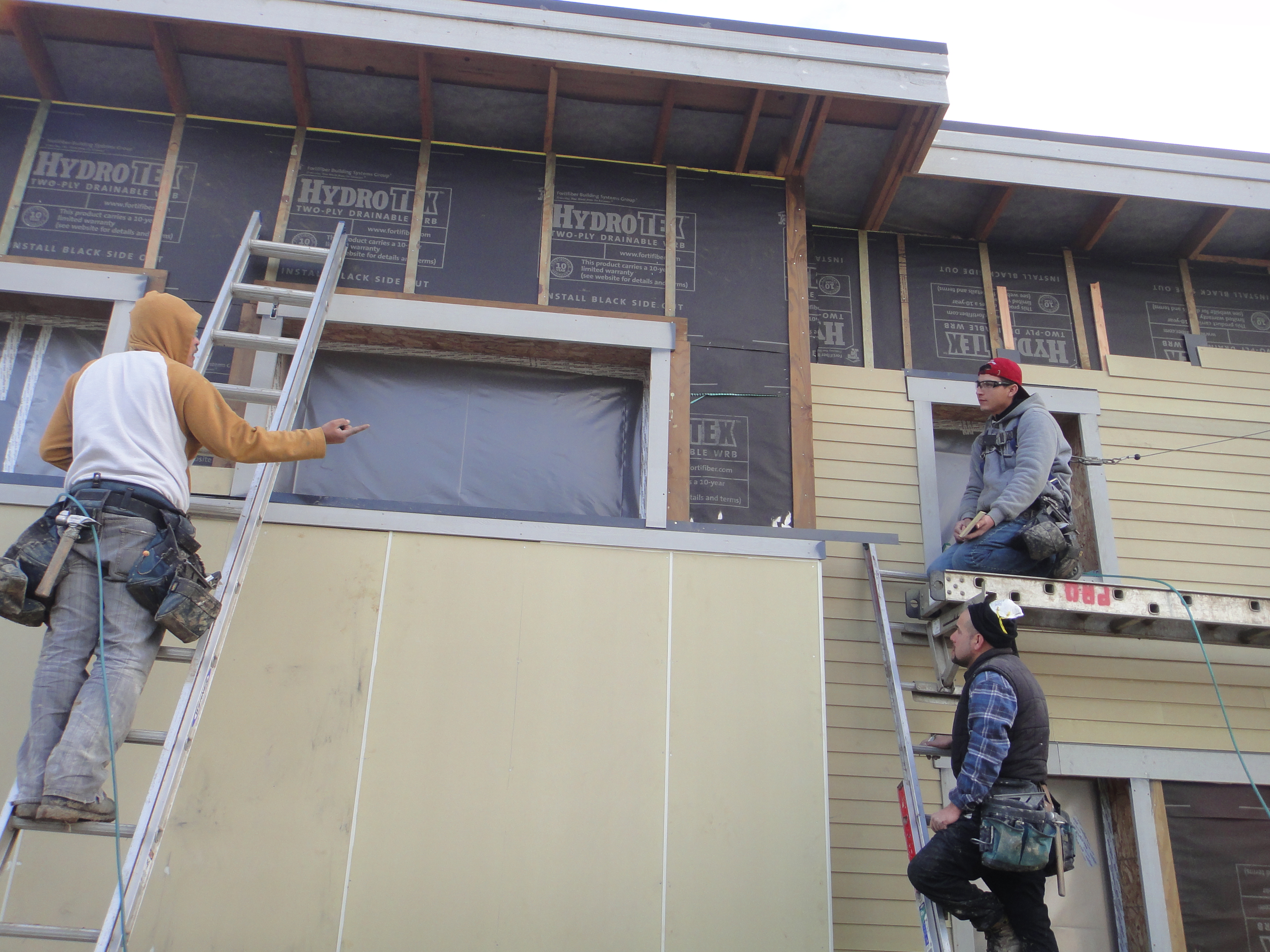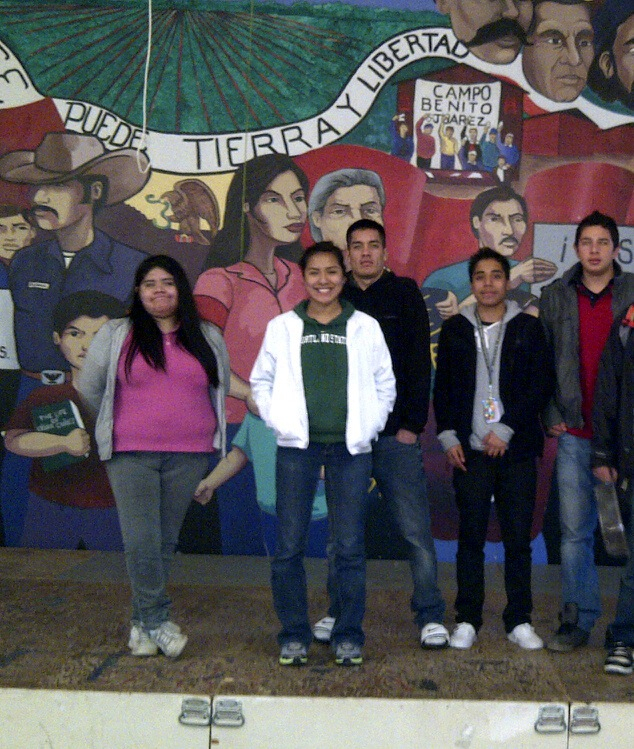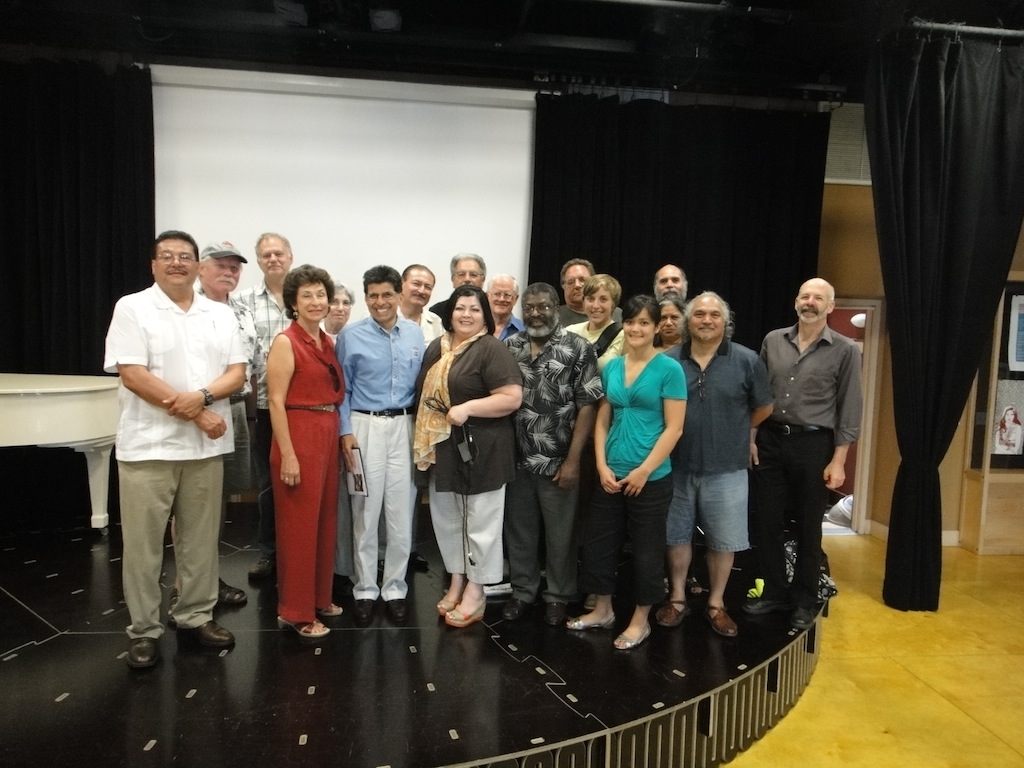Last Sunday April 22nd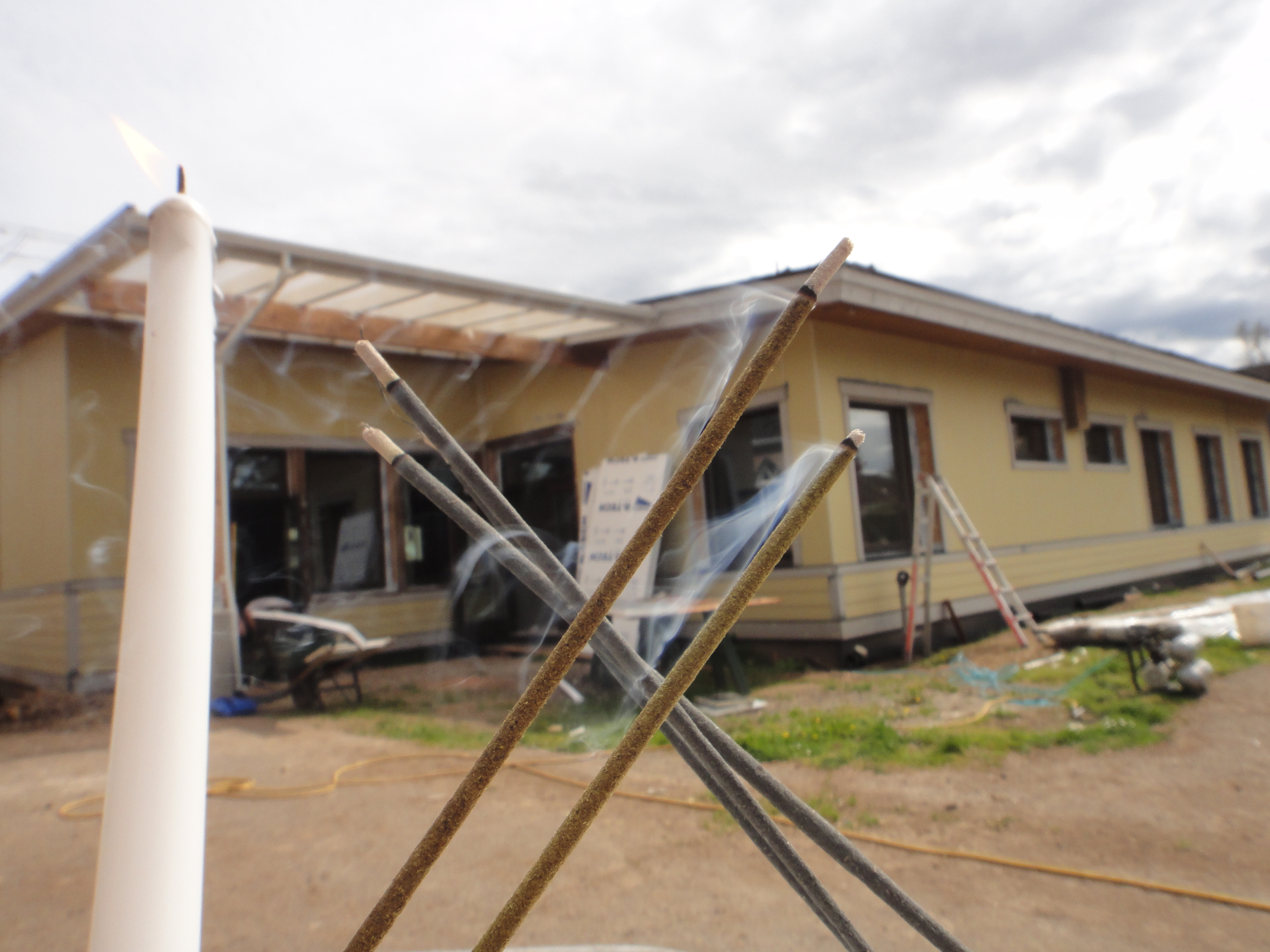 , incense glowed inside the CLI building. More precisely, “Earth Scent” and “Full Moon”, and candles were burning as well.
, incense glowed inside the CLI building. More precisely, “Earth Scent” and “Full Moon”, and candles were burning as well.
Was it a spiritual ceremony? Actually, that occurred the previous day before when the Huitzilopochtli dance group performed an indigenous ritual blessing for the sedums. An hour later, volunteers nestled them into the soil up on the living roof. Beginning last fall, volunteers had painstakingly propagated the plant-starts in the back yard of the radio house, next door. Plant types include “Sedum Oreganum”, “Sedum Album Murale”, “Sedum Hispanicum” (we’re not making this up!).
The incense, however, had nothing to do with religion, cultural or ceremony. Its smoke curls wafted entirely in service to the science of “Passivhaus” design. Volunteers held smoldering sticks near the frames of the triple-pane windows and exterior doors. They’d just been installed and we were testing for air leaks around the frames and thesholds.
At the heart of “Passivhaus” design and building is achieving air tightness. Our lead construction consultant, Gene Wixson, set up a “blower-door” test, moderately pressurizing the building’s interior air (though not enough to make your ears pop). The lower pressure outside pulls interior air (and incense smoke) toward even the smallest holes; we promptly re-taped those spots or filled them with sealant.
Sunday’s test took us about half way to a passing grade for building envelope tightness. Right after pressurizing, Gene took a reading of 600 cubic feet of air exchange per minute. After the incense-wanding around the doors and a third of the windows, he got it down to about 450. We need to reach 300 to receive Passivhaus certification. At that level, the CLI building will maintain an air leakage level of less than 10% of the average commercial buildings.
This past weekend’s volunteers, including a group from Staples corporate headquarters and a group of Jewish high school students from Havurah Shalom and Tivnu in Portland, made a valuable contribution to the construction and took away some lasting memories. They join the CLI’s volunteer corps that’s surpassed 1,000 (and counting!), part of what we call the “10,000 fingerprints” campaign.
The building is now about 80% complete and the pace is quickening. The next few weeks will see completion of interior insulation, drywall, plus install of interior doors, trim and cabinets.
And we’re gearing up for the Grand Opening on August 25th, exactly four months from today! The smell of incense will, by then, be long gone, but our spirits will be higher than ever.
